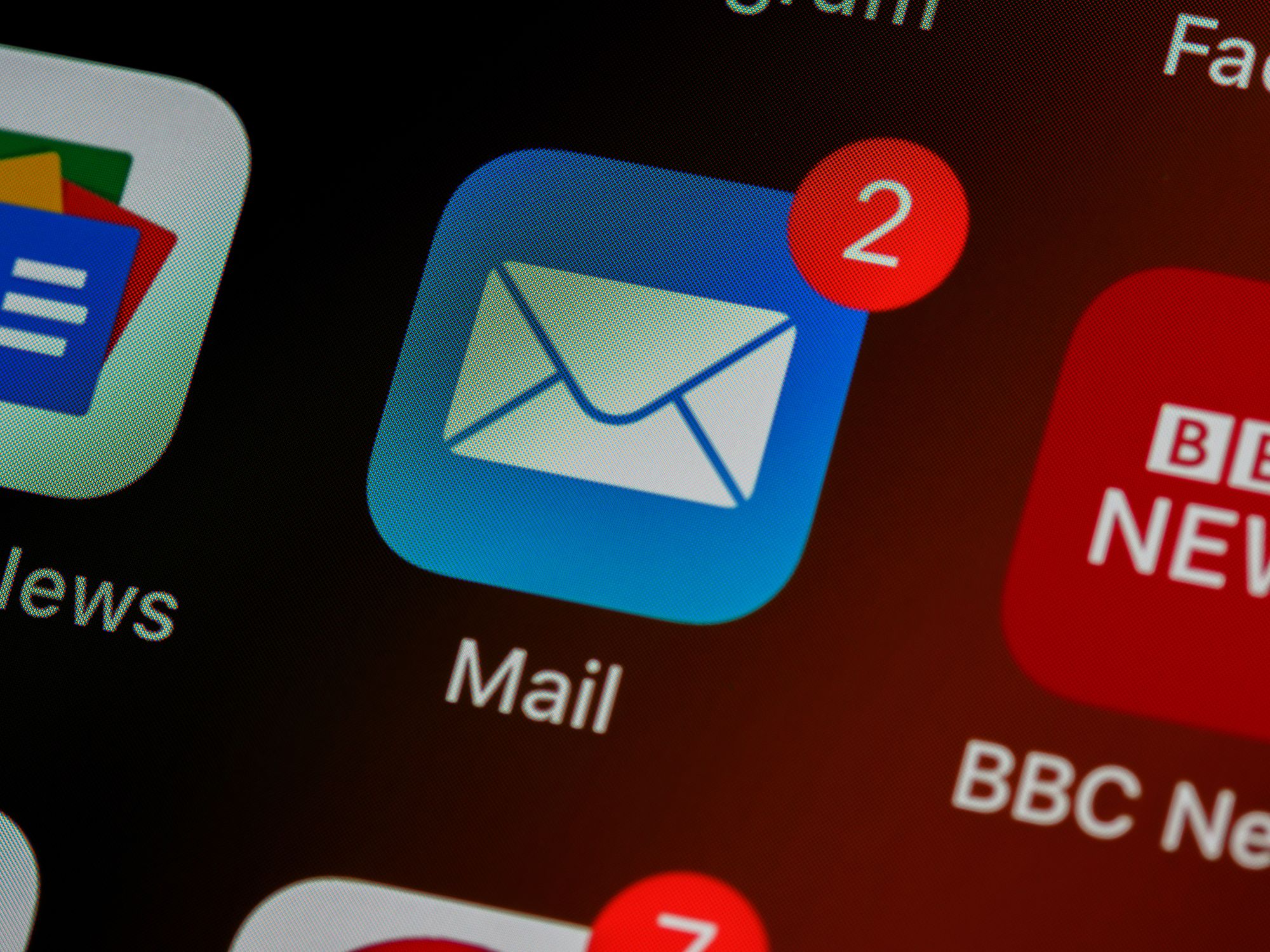In today's digital world, email has become an integral part of our personal and professional lives. However, the prevalence of spam, phishing attempts, and inaccurate data underscores the need for verifying email addresses. But is there a way to verify an email address reliably? In this comprehensive guide, we will explore various methods and shed light on the truth behind email address verification.
Understanding Email Address Verification
Email address verification is the process of confirming the validity and existence of an email address. It helps ensure that the email address provided during sign-up or communication is genuine and active. Verifying email addresses not only helps combat spam and enhance data accuracy but also improves deliverability rates and fosters trustworthy communication.
Debunking Common Myths

Myth 1: "You can verify an email address simply by sending an email and checking if it bounces."
Fact: While bouncing emails can indicate that an address is invalid, it is not a foolproof method. Some email servers may accept all incoming emails, whether the address is valid or not. Additionally, bouncing emails can harm your reputation as a sender. Therefore, alternative verification methods are necessary.
Myth 2: "Email verification services can guarantee 100% accuracy."
Fact: Email verification services employ various techniques to verify email addresses, but they cannot guarantee 100% accuracy. The accuracy of verification results depends on factors such as the availability of data and the quality of the verification service. It's important to choose reputable providers and consider verification results as a helpful indicator rather than an absolute truth.

Methods of Email Address Verification

- Syntax Check: This method verifies if an email address follows the correct format. It checks for the presence of an "@" symbol, domain name validity, and other essential elements. While a syntax check can quickly identify obvious errors, it does not confirm the actual existence of the email address.
- Domain Validation: Domain validation involves verifying the domain of an email address. It checks if the domain exists, has valid DNS records, and is associated with an email server. This method can help identify mistyped or non-existent domains.
- SMTP Verification: SMTP (Simple Mail Transfer Protocol) verification involves establishing a connection with the recipient's email server to check if the email address is deliverable. This method sends a series of commands to the server to simulate the delivery process and receive a response indicating whether the address is valid.
- Email Confirmation: Email confirmation, also known as double opt-in, requires the recipient to confirm their email address by clicking a verification link sent to their inbox. This method ensures that the email address belongs to the intended recipient and is actively monitored.
Frequently Asked Questions
Q1: Can I verify email addresses without sending an email?
A1: Yes, certain verification methods, such as syntax checks and domain validation, can verify email addresses without sending an actual email. However, to confirm deliverability and ownership, methods like SMTP verification or email confirmation may require sending an email or establishing a connection with the recipient's email server.
Q2: Are free email address verification tools reliable?
A2: Free email address verification tools can provide basic verification results, but their accuracy and capabilities may be limited. For comprehensive verification and higher accuracy rates, consider investing in reputable email verification services that offer advanced features and reliable results.
Q3: Can I verify a large list of email addresses?
A3: Yes, many email verification services support bulk verification, allowing you to verify a large number of email addresses efficiently. These services often offer APIs or integrations that streamline the verification process, ensuring scalability and convenience.
Q4: How often should I verify email addresses?
A4: It is recommended to verify email addresses regularly, especially when collecting user data or managing mailing lists. Regular verification helps maintain data accuracy, improve deliverability rates, and reduce the risk of bouncing or inactive email addresses.
Conclusion
Verifying email addresses is crucial for maintaining data accuracy, improving deliverability rates, and establishing trustworthy communication. While no method can guarantee 100% accuracy, a combination of syntax checks, domain validation, SMTP verification, and email confirmation can provide reliable results. By investing in reputable email verification services and implementing best practices, you can enhance your communication strategies, safeguard against spam, and build a strong foundation for effective email outreach.
Remember, email verification is an ongoing process, and regular maintenance of your email lists is essential. Embrace the power of email address verification and experience the benefits of accurate and secure communication in the digital realm.

